Silver Maple Tree
- June 1, 2023
- 0 comment
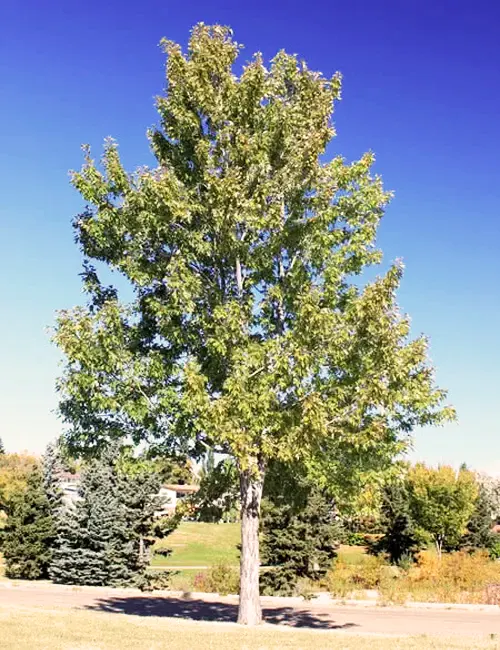
Common Name: Silver Maple
Botanical Name: Acer saccharinum
Family: Sapindaceae
Plant Type: Deciduous tree
Mature Size: 50-80 feet in height, 35-50 feet in width
Soil Type: Moist, well-drained soils
Native Area: Eastern North America
In the realm of magnificent trees, the Silver Maple (Acer saccharinum) shines brightly with its enchanting presence and shimmering foliage. Native to eastern North America, this stately tree has captured the admiration of gardeners and nature lovers for generations. In this blog article, we will delve into the captivating world of the Silver Maple, exploring its description, hardiness zones, tree type, mature size, growth rate, sun and soil preferences, attributes, wildlife value, common and botanical names, family, plant type, mature size, soil type, native area, care, varieties, pruning, propagating, common pests, and diseases, as well as frequently asked questions.
The Silver Maple is a grand deciduous tree known for its rapid growth and graceful appearance. It showcases a wide, rounded crown that provides ample shade during the summer months. The distinguishing feature of this tree is its shimmering silver undersides of the leaves, which glimmer in the breeze. The leaves themselves are deeply lobed, with a vibrant green color on the upper surface.
Read about Silver Maple Lumber

Hardiness Zones
The Silver Maple thrives in a wide range of hardiness zones, from Zone 3 to Zone 9. This remarkable adaptability allows it to tolerate diverse climates, from cold winters to hot summers.
Types of Silver Maples
Silver maples have various cultivars developed by horticulturalists to enhance specific characteristics. However, these cultivars do not address the shortcomings of the wild-type silver maple regarding form or color. Nevertheless, they still offer attractive and unique features worth considering.
Some notable cultivars include:
- Acer saccharinum ‘Weiri’: This cultivar has a smaller size and features cut-leaved foliage with pendulous branches.
- Acer saccharinum ‘Silver Queen’: Known for its bright chartreuse leaves, this cultivar also has nearly white undersides of the leaves.
- Acer saccharinum ‘Skinneri’: With a large weeping and pyramidal form, this cultivar stands out.
- Acer x fremanii: This is a hybrid cross between the Red Maple, chosen for its color, and the Silver Maple, selected for its fast growth rate.
These cultivars offer different traits and can be interesting choices for those seeking unique silver maple varieties.
Mature Size
With the right conditions, the Silver Maple can reach an impressive mature height of 50 to 80 feet and a width of 35 to 50 feet. Its expansive canopy provides a generous amount of shade, making it ideal for large landscapes.
Growth Rate
The Silver Maple is renowned for its fast growth rate, making it one of the quickest-growing trees. It can grow up to 3 to 5 feet per year under optimal conditions, creating a lush canopy in a relatively short period.
Sun Preference
The Silver Maple thrives in full sun but can also tolerate partial shade. It prefers a minimum of 6 hours of direct sunlight per day to ensure robust growth and the development of its characteristic silvery foliage.
Soil Preference
This adaptable tree can grow in a variety of soil types, including clay, loam, and sandy soils. However, it prefers moist, well-drained soils. It can tolerate periodic flooding but may not withstand consistently waterlogged conditions.
Attributes
The Silver Maple boasts several attractive attributes that contribute to its appeal. Its shimmering silver undersides of the leaves create a captivating effect when caught by sunlight or a gentle breeze. The foliage turns golden-yellow in the fall, offering a stunning display of autumn color. Additionally, its broad and dense canopy provides excellent shade, making it a popular choice for parks and large outdoor spaces.
Wildlife Value
The Silver Maple offers substantial wildlife value, attracting a diverse range of creatures. The flowers provide an early source of nectar for bees and other pollinators. The seeds, known as samaras or “helicopters,” are a food source for birds and small mammals. The tree’s dense canopy provides shelter and nesting sites for various bird species.
Care
The Silver Maple requires some care to ensure its optimal growth and health:
- Watering: During dry periods, provide regular watering to establish a deep and extensive root system. Aim to provide around 1 inch of water per week.
- Mulching: Apply a layer of organic mulch around the base of the tree, but avoid piling it against the trunk. Mulch helps retain moisture, regulate soil temperature, and suppress weed growth.
- Fertilization: While generally not necessary, you can apply a balanced slow-release fertilizer in early spring to promote healthy growth. Follow the instructions on the fertilizer package for application rates.
Varieties
Several cultivars of the Silver Maple offer unique characteristics:
- ‘Flamingo‘: This variety showcases striking pink and white variegated foliage, adding a touch of color to the landscape.
- ‘Silver Queen‘: With its enhanced silvery undersides of the leaves, this cultivar intensifies the shimmering effect that the Silver Maple is known for.
Pruning
Proper care and maintenance of a silver maple tree primarily involve pruning. Initially, the tree requires regular pruning by a certified arborist to shape its growth. Once established, annual pruning is necessary to promote a strong tree structure. It is important to prune the tree in a way that keeps major limbs smaller than half the trunk’s diameter and to prioritize structural pruning to remove weak branch crotches. Additionally, the tree may develop sprouts, which should be removed with hand clippers and treated with a sprout suppressant.
Silver maples have a limited ability to heal from wounds, so correcting defects without risking rot or disease is often not feasible. Pruning cuts should be kept small, underscoring the importance of early pruning for desired growth structure.
Propagating
The Silver Maple can be propagated through various methods:
- Seeds: Collect mature samaras in the fall and store them in a cool, dry place until spring. Sow the seeds in a container with well-drained potting soil and keep them moist. Germination may take several weeks.
- Hardwood cuttings: Take 8 to 10-inch hardwood cuttings during late winter or early spring. Dip the cut ends in rooting hormone and plant them in a container filled with a well-draining rooting medium. Place the container in a sheltered area and maintain consistent moisture until roots develop.
Common Pests & Diseases
The Silver Maple is generally resistant to pests and diseases, but it may occasionally face the following issues:
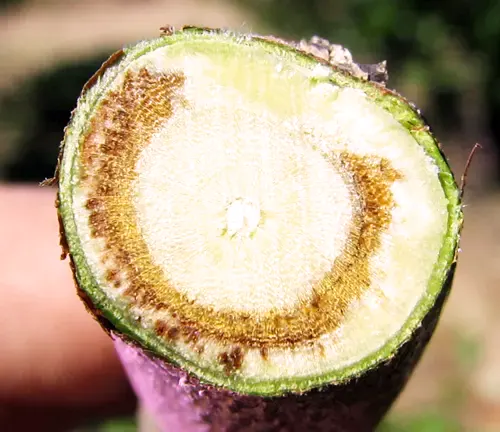
Verticillium wilt
A fungal disease that can cause leaf yellowing, wilting, and dieback. Proper watering, soil management, and selecting disease-resistant varieties can help prevent its occurrence.
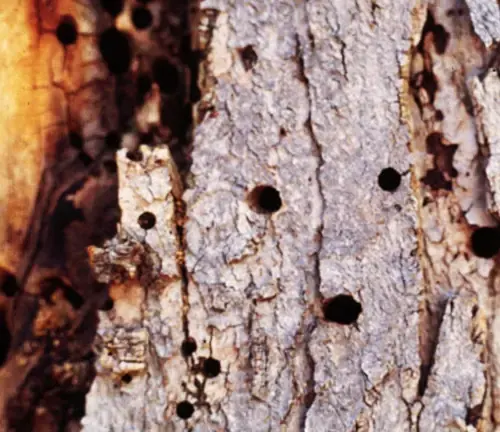
Silver maple borer
The larvae of this wood-boring beetle can cause damage to weakened or stressed trees. Maintaining tree vigor through proper care practices can help prevent infestations.
Frequently Asked Questions
- Are Silver Maples suitable for small yards?
-Due to their large size, Silver Maples are better suited for spacious yards or park settings where they have ample room to grow and develop. - Do Silver Maples have invasive roots?
-While Silver Maples have extensive root systems, they are not considered invasive. However, it is advisable to plant them away from structures, underground utilities, and septic systems. - Can I tap a Silver Maple for syrup?
-Yes, the sap of Silver Maples can be tapped to produce maple syrup. However, keep in mind that the sugar content in the sap is generally lower compared to sugar maples.
Conclusion
The Silver Maple, with its shimmering leaves, rapid growth, and ornamental appeal, is a splendid addition to any landscape. Its adaptability, stunning autumn color, and wildlife value make it a cherished tree among gardening enthusiasts. By understanding its characteristics, care requirements, propagation methods, and potential challenges, you can fully appreciate the beauty and allure that the Silver Maple brings to your outdoor space.

John Carlos
Forestry AuthorThe beauty of logging isn't just about felling trees. It's about understanding nature, mastering the art of chainsaws, and respecting the environment. I believe in sharing my experiences and knowledge, ensuring that we move towards a sustainable future together.

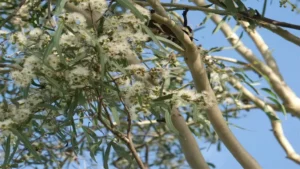
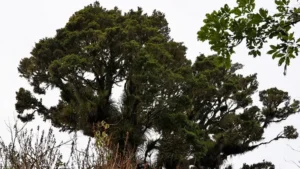

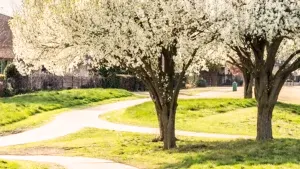
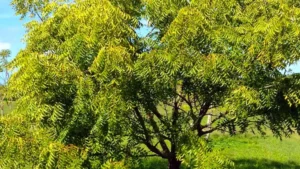
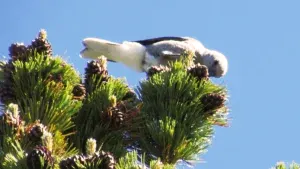

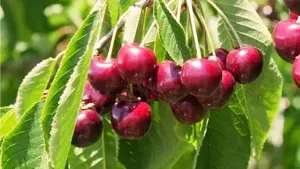
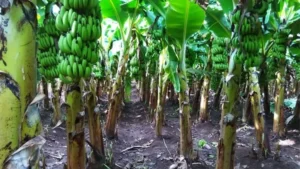



Leave your comment